What do you think your body would be like without bones? It'd be all wobbly like jelly. The skeleton acts like scaffolding holding up our soft tissues. It's a bit like an internal suit of armour.
This collection of skeleton activities is great for learning about the structure and function of the skeleton and how to maintain healthy bones!
Skeleton Activities for Kids
Did you know the Human skeleton is made up of more than 200 bones? Human babies are born with around 300 bones, but as they grow some fuse together!
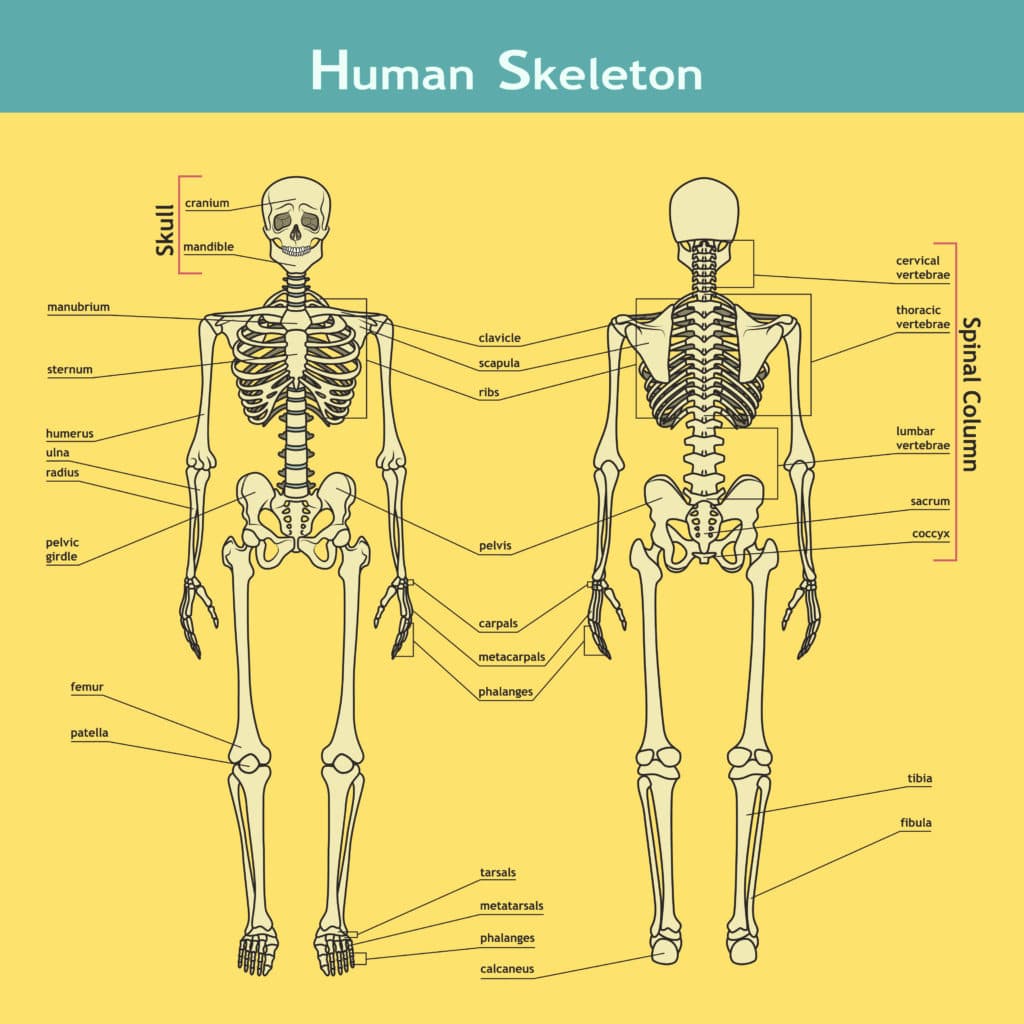
What are the functions of the skeleton?
- It supports the body.
- It protects delicate organs, for example the ribcage protect the lungs and heart and the skull protects the brain.
- It helps the body move, along with muscles. Muscles are attached to bones, when muscles contract and relax the bones move.
Can you bend your fingers and feel the finger joints with your other hand?
Muscles help our bones move. If you bend your arm and clench your fist, can you see the shape of the muscle in your upper arm?
How to make sure you have healthy bones
Eat the right foods for bone health
Bones need two key nutrients to stay healthy: Calcium and Vitamin D.
We take in calcium through our diet. Good sources of calcium include:
- Milk, cheese and other dairy products
- Spinach
- Sardines
- Nuts
- Leafy green vegetables
- Fortified cereals
Vitamin D helps our bodies absorb calcium, Vitamin D is mostly made under the skin in reaction to sunlight, but is also found in foods such as eggs and oily fish.
Exercise
Exercise helps make bones stronger by increasing bone density, as well as improving muscle strength, and coordination.
Did you know bone density keeps increasing into the mid 20s?
Bone activities for little people
Doctor Role Play
As a fun way to learn about bones, we set up a doctor role play area.
I printed out some X-rays, and bought modroc to make plaster casts inspired by The Imagination Tree. See Anna's post for full instructions.
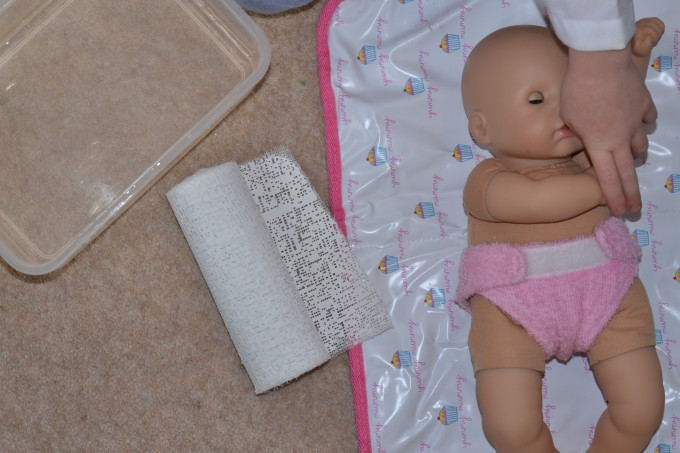
We talked about how X-rays are needed to see whether bones are fractured after an accident and how a plaster cast is used to hold broken bones correctly in place until they are healed.
An X-ray is a type of radiation which passes straight through the human body. Dense areas such as bone show up lighter than softer areas.
My girls loved putting the casts on their dolls, and it led to some great independent role play as they discussed how to make an arm sling for one doll and a wheelchair for another.
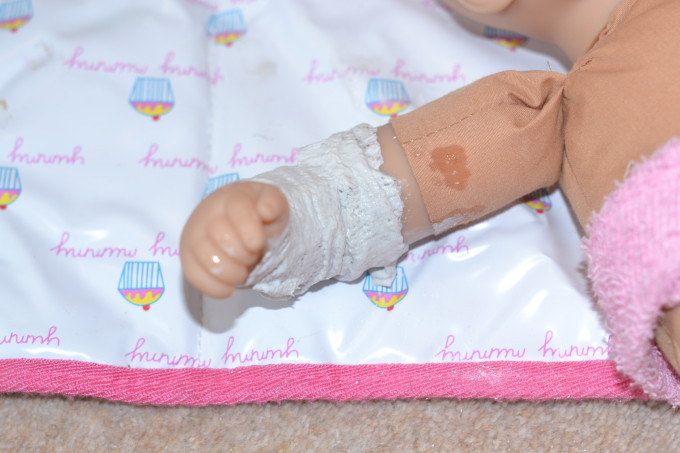
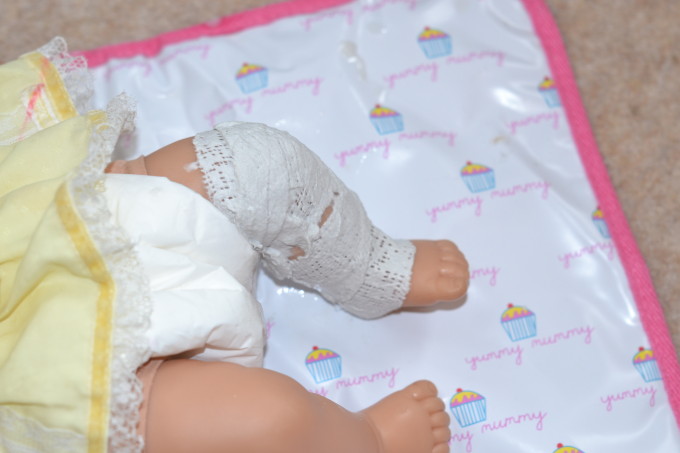
I made an easy lightbox, using a string of battery powered lights in a plastic box for us to view X-rays on. This added another fun angle to our play, and helped my girls visualise the inside of their hands and feet.
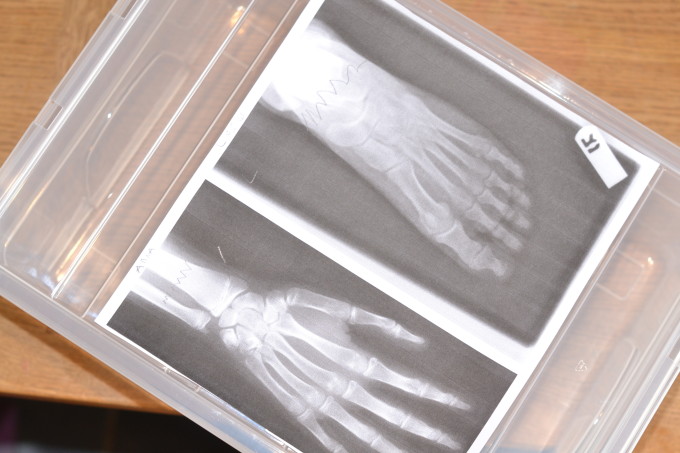
More science ideas for little ones
Try these fun doctor role play ideas. Including making a stethoscope.
Have a go at one of my human body science ideas for preschoolers.
Skeleton activities for older children
Easy spine models
Make models of the spine ( some edible ) and use paper to find out how strong bones are!
The spine is a strong and flexible column of 33 vertebrae which supports the body and protects the delicate spinal cord.
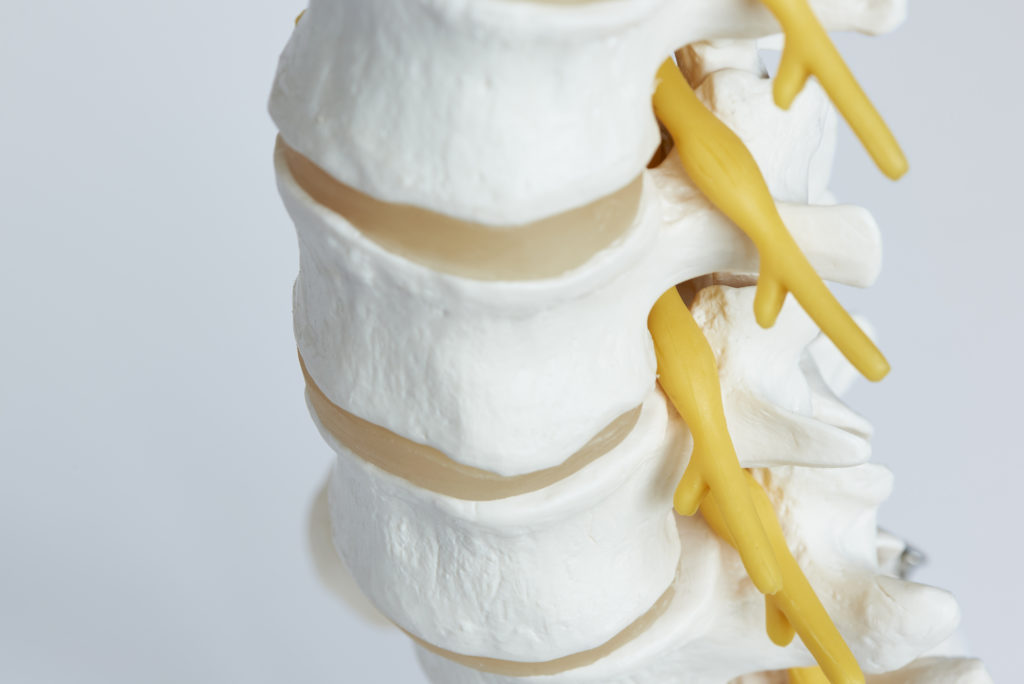
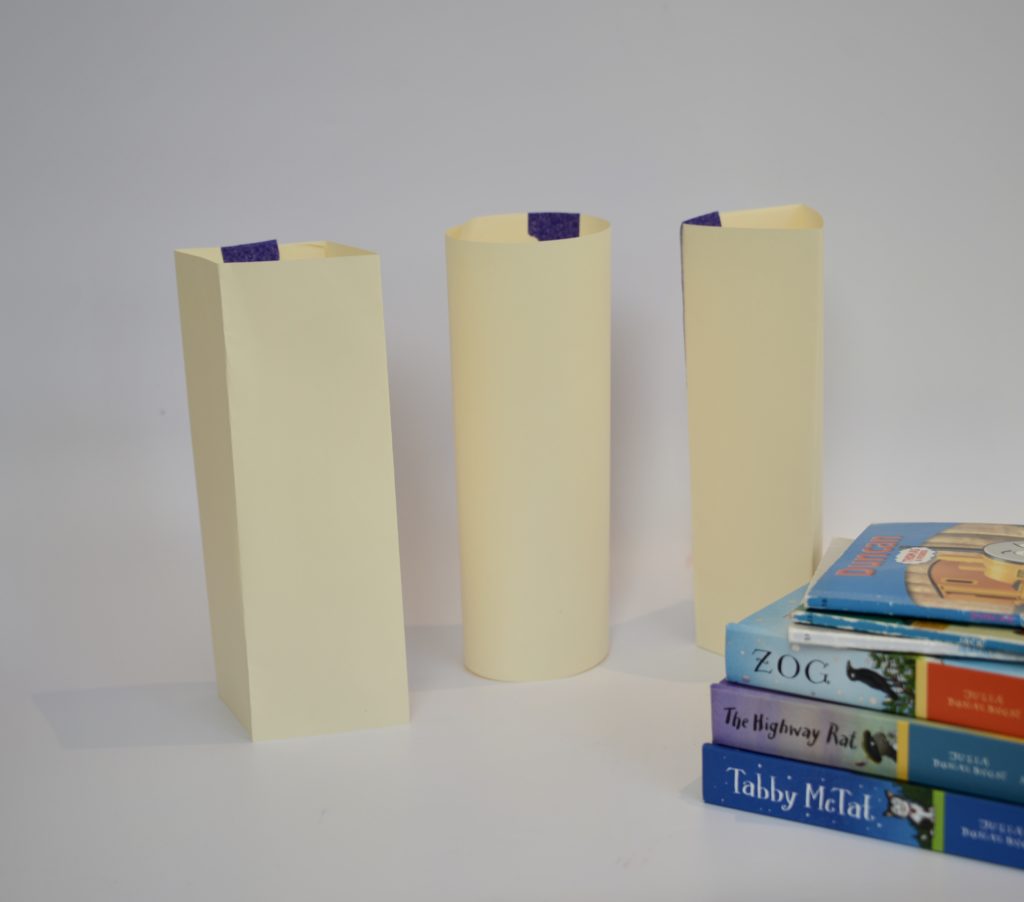
Bendy bones
Another idea is to make a bendy bone. To do this, soak a chicken bone in vinegar for a few days. Bones are strong because they contain a lot of calcium. As humans age they lose calcium from their bones faster than it can be replaced. This makes bones weaker.
Vinegar is an acid. It dissolves the calcium from the bone, leaving behind a soft bone that is so weak it will bend!
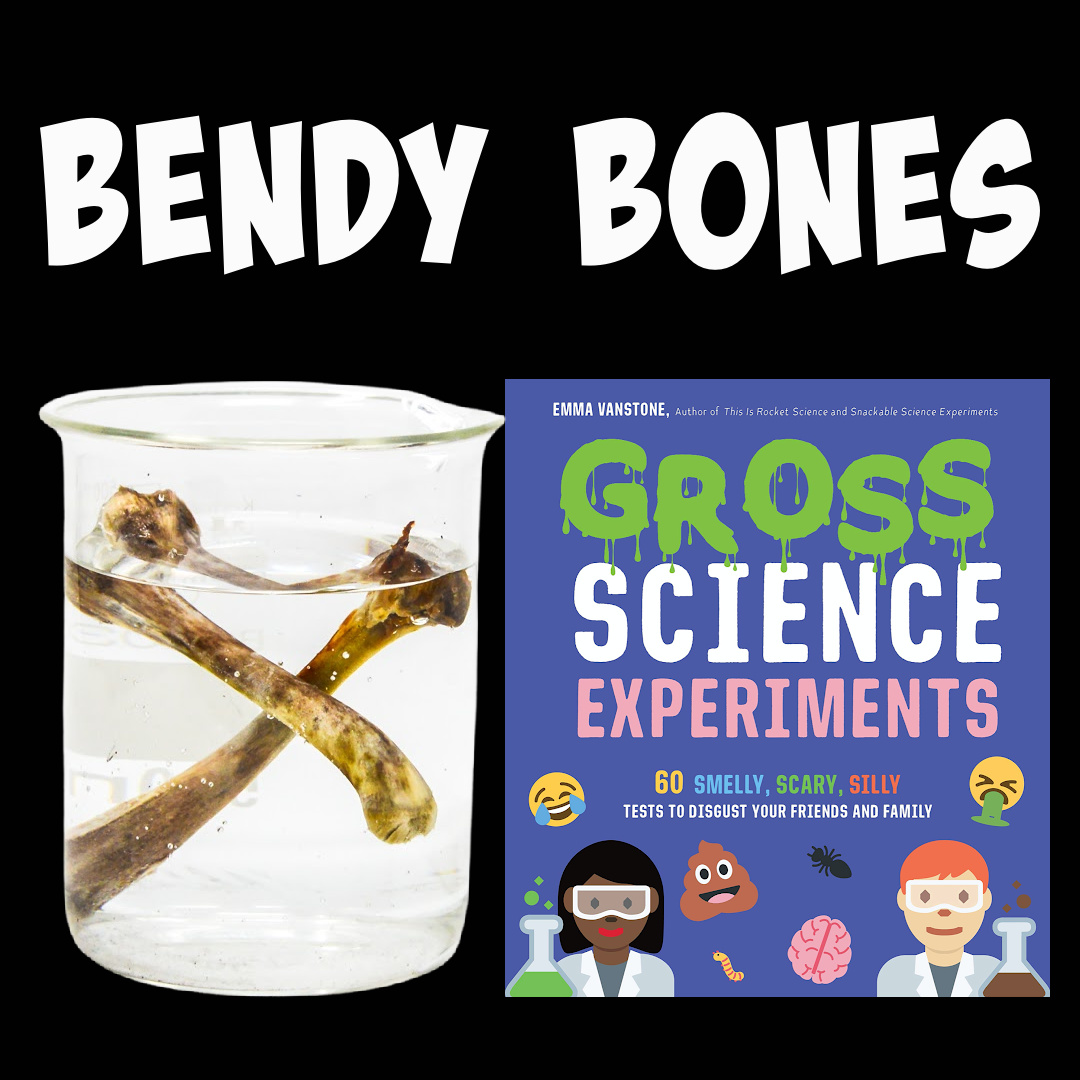
Suitable for:
Key Stage 1 Science
Animals, including Humans
Identify, name, draw and label basic parts of the Human Body.
Describe the importance of exercise, eating the right amounts of different types of food, and hygiene for humans.
Key Stage 3
Human Organ Systems
Early Years Foundation Stage
Physical Development → Health and self-care → ELG
- Children know the importance of good health for physical exercise, and a healthy diet, and talk about ways to keep healthy and safe. They manage their own basic hygiene and personal needs successfully, including dressing and going to the toilet independently.
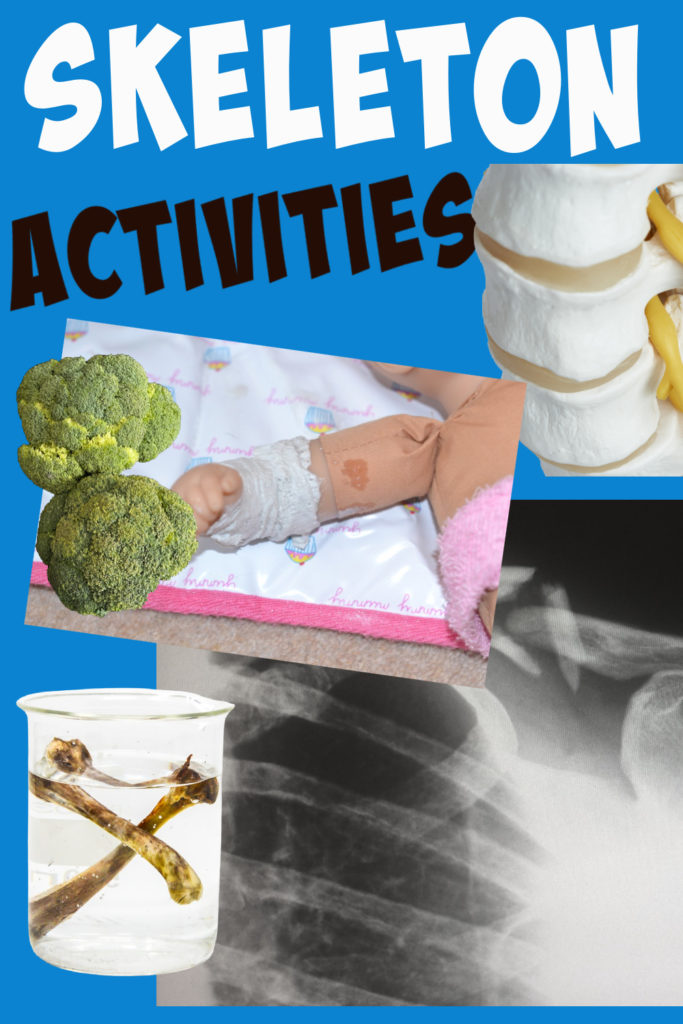
Last Updated on January 17, 2024 by Emma Vanstone

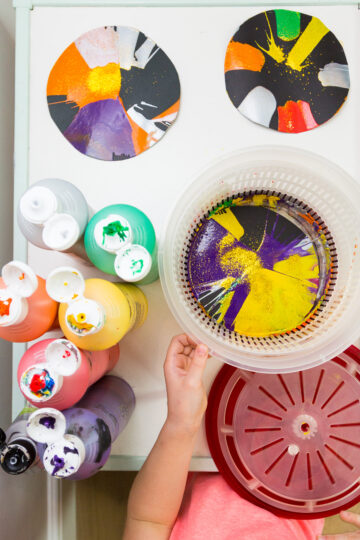
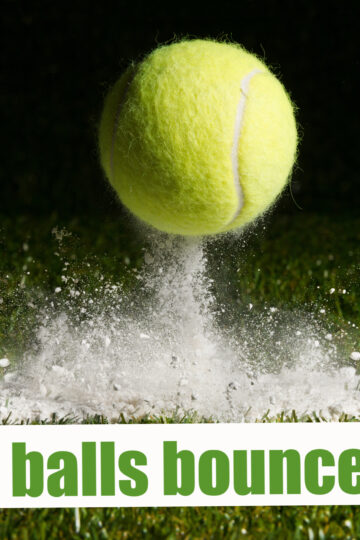
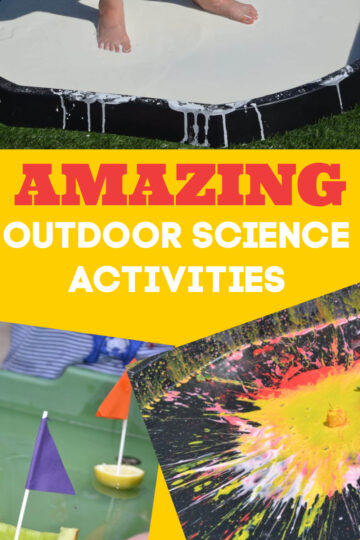
Margie says
Nice post. I didn't know that sardines had calcium. That's a good one, definitely learned something today.I thought that calcium was mostly in cheeses and milk.